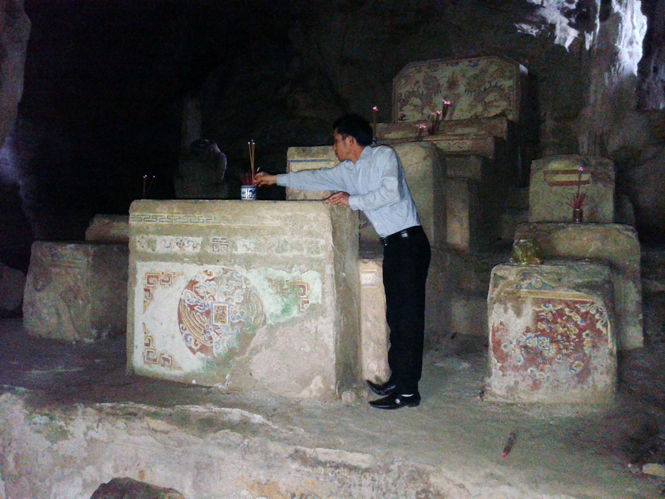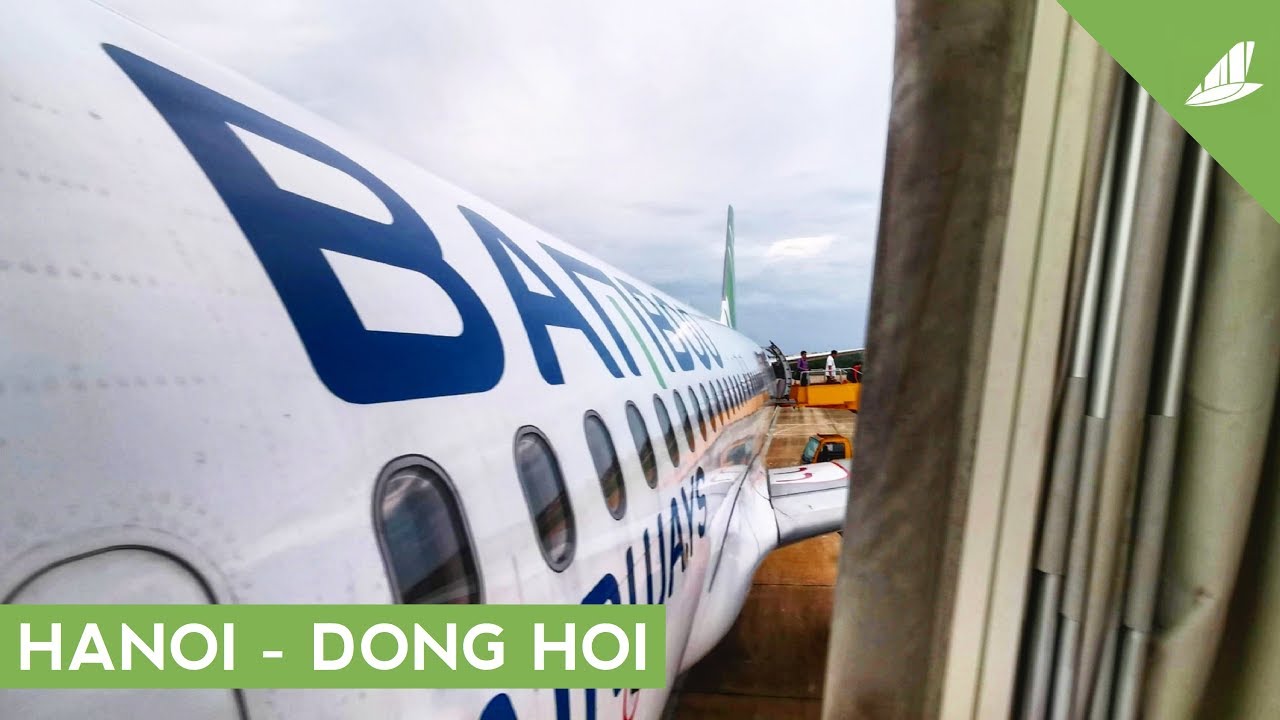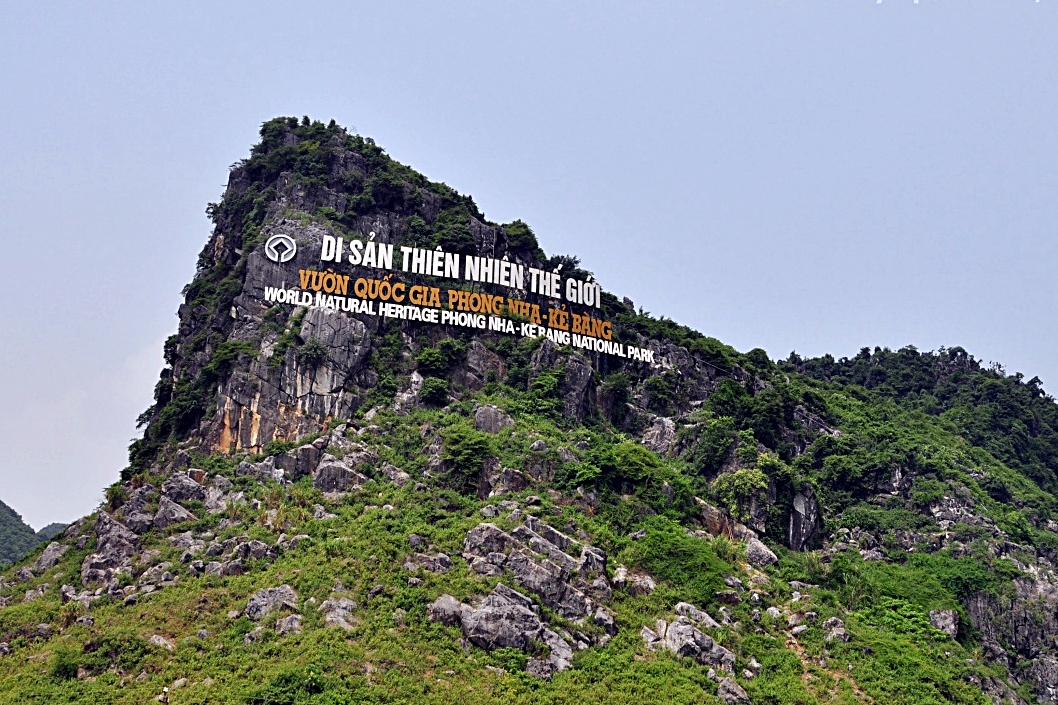14:05 - 16.09.2024
Len But Pagoda historical relic in Quang Binh
13:59 - 16.09.2024
The historical site of Len But Pagoda is located in a limestone cave in the north of Chua But village, Cao Quang commune, Tuyen Hoa district. Established around the end of the 19th century, Len But Pagoda is a pagoda with a very special architecture, bearing the imprints of Buddhist history and culture associated with a historical period of fighting against foreign invaders by the Cao Quing army and people, a place for cultural activities of the people on the first and fifteenth days (full moon, 30th and first day of every month), traditional New Year, pagoda festivals with religious rituals, meeting the religious needs in the spiritual life of the local people.
See more: Len Ha Cave Quang Binh
Cao Quang (formerly Cao Mai) is a highland commune in Tuyen Hoa district, Quang Binh province. The terrain here is mainly flat valleys located between low limestone mountains in the East of Truong Son mountain range, so there is a biodiversity of flora and fauna subsystems and limestone mountain ecosystems with many underground karst caves. At the foot of the mountain, the winding Nan River embraces the prosperous villages stretching on both sides of the bank like a “beautiful landscape” painting. Nature has bestowed upon this land relics and scenic spots associated with a historical period of land reclamation and fighting against foreign invaders by generations of Cao Quang people such as Hang Tien, Len But Pagoda, Hung Cu Slope, Vuc Moi, Vuc Voi, Trai Binh, Lam Lang Slope, of which Len But Pagoda is one of the relics bearing a strong cultural and religious imprint, associated with many typical historical events of the locality.
During the early years of fighting against the French, Len But Pagoda was associated with the name and career of the military leader Mai Luong in the Can Vuong movement in Quang Binh. After the “Hue capital incident” (1885), Ton That Thuyet led King Ham Nghi to Tan So (Quang Tri) and issued the Can Vuong Edict, calling on the literati and the people to rise up against the French. Because Tan So citadel was too close to the French military center in Hue and was easily attacked and destroyed, Ham Nghi and his courtiers decided to march north.
In early September 1885, after many days of climbing mountains and wading through streams on Laotian soil, King Ham Nghi and his entourage arrived at Ham Thao, near Son Phong Ha Tinh. Knowing that King Ham Nghi was staying in Ha Tinh, the French army organized forces to attack and capture the king in order to suppress the resistance movement. Faced with that situation, Ton That Thuyet took King Ham Nghi and his entourage to Bai Duc and Quy Dat (on October 17, 1885) in Tuyen Hoa district, Quang Binh province to avoid capture. From here, the land of Quang Binh, specifically the upper Gianh River, became the “Resistance Capital” in the early stages of the Can Vuong movement (October 1885 – October 1888).
Responding to the Can Vuong edict, outstanding leaders gathered forces, recruited militiamen, and established bases to fight the French widely in the mountainous areas of Western Quang Binh. Among them, the insurgents gathered and recruited by Commander Mai Luong chose the Cao Mai area in the upper reaches of the Nan fence (in present-day Cao Quang) as the main base to station troops. Based on the terrain of the mountains, forests, and dangerous caves, he chose Dong Cao and Dong Me in the South, underground Khe Cai, and Len But Pagoda in the West as places to train soldiers, forge, and hide weapons and swords. With this terrain, he commanded his soldiers to strongly develop guerrilla warfare, causing many losses to the enemy, fighting side by side with the insurgents of Le Truc and Nguyen Pham Tuan… to stop the French army’s advance, and protect the headquarters of King Ham Nghi.
During the resistance war against the French colonialists and the American imperialists, Len But Pagoda was a secret, safe location chosen as the place to evacuate some important revolutionary bases of the Quang Binh Provincial Military Command and Bo Trach District Military Command. During the years 1938 – 1945, in order to strengthen the propaganda, mobilization, and enlightenment of the masses to participate in the revolution, Len But Pagoda was chosen by the pioneering comrades of the Le Truc Party cell as a meeting place to discuss important issues. From 1946 – 1947, Len But Pagoda was chosen by the Bo Trach District Post Office led by comrade Dan as its headquarters to ensure the communication network to serve the combat. The Quang Binh Military Command’s military workshop also chose Len But Pagoda as a place to manufacture and hide weapons to serve the resistance war. In 1947 – 1948, to ensure the secrecy of first aid for soldiers, the forward medical station of Regiment 18, led by doctor Tran Van Giang from Quang Ninh district, was stationed here.
In particular, this place marked the feat of the revolutionary forces and people of Cao Quang who were intelligent and brave in ambushing and capturing the US-puppet spy paratrooper commando group on December 6, 1963, contributing to firmly protecting important revolutionary bases in the area.
Also during this time, in order to ensure the secrecy of the revolutionary base, Len But Pagoda was renamed Hang Doi – this was the password of Station 19 of the strategic transport route of Group 559. With a fairly large area. Len But Pagoda also welcomed hundreds of people, both soldiers and civilians, to take shelter from bombs. This place was also chosen as the place to hold important conferences with large crowds, to hold farewell ceremonies for children going to war, to organize cultural and artistic activities such as film screenings, performing arts to serve soldiers and local people during the years of resistance against America to save the country.
The architecture of Len But Pagoda is very special, completely different from the majority of pagoda architectures in Vietnam because it is completely based on the tectonic shape of the limestone cave. When building the pagoda, a screen, a stele and a shrine were built with stone and lime mortar. According to the elders, when building the pagoda, the village sent people to find and invite skilled sculptors from Hoa Ninh Quang Trach village to build the pagoda in the But abyss in the middle of the Nan stream and chose large jackfruit trees to carve many Buddha statues, such as the statues of the Three Buddhas Amitabha, Sakyamuni, Maitreya), the statues of Amitabha Tam Ton (Amitabha, Quan The Am, Dai The Chi), and two Kim Cuong statues (Buddha of goodness, Buddha of evil). Later, the pagoda invited a bronze statue of the newborn Nine Dragons to worship.
Len But Pagoda is located in a cave with three doors: The main door in the South is where the Buddha shrine is built; the other two doors in the East and North are more difficult to access. Through the main cave door is the shrine, including three altars, each altar has three steps built of stone and lime. The main altar in the middle has three steps where the three-body Buddha statue (Amitabha, Sakyamuni, Maitreya) is worshiped; the two altars on the left and right are where the gods are worshiped. In front, in the middle of the shrine, there is a screen (inner table) built of bricks, stone and lime, carved with symbols of sacred animals and decorated with patterns. At the end of the shrine, there is a wall built to support the Buddha and god statues, on which are painted sacred animals to suppress evil spirits from entering the temple, protect Buddha and Bodhisattvas and sages, making the temple always pure and sacred. At the top of the cave, there is a circular hole where sunlight can be seen.
On the day of the pagoda’s inauguration, the village held a festival for three days and three nights and held a ceremony to bring the Buddha statue to the shrine. When the pagoda was established, the village appointed a monk to take care of the incense. On the fifteenth day of the seventh lunar month every year, the village held a ceremony to commemorate the ancestors, pray for the souls of the wronged and exiled, and pray for the villagers to be warm, prosperous, and peaceful. And every three years, the villagers held a pagoda ceremony called Le su le in the form of vegetarian offerings at the pagoda. The pagoda had been in operation for several decades, around the early years of the 20th century, a monk with the secular name of Hoang Van Ap, from Quang Thuy commune, Quang Trach district, after many years of traveling and teaching, returned to Cao Quang to restore the pagoda and preside over it.
Len But Pagoda was built in a time of war, chaos, and hardship, but the temple is still majestic and solemn. Located in a cave in the middle of a vast mountain range, surrounded by lush trees, Len But Pagoda is a peaceful place suitable for those who want to practice meditation and spiritual guidance.

Over the course of history and social changes, the pagoda has been degraded, the current remains are the screen, stele and shrine with three Buddha altars that are still very clear. The artifacts in the Len But Pagoda relic such as worship objects, Buddha statues have been lost, only two lotus thrones, a wooden shelf used to place Buddha statues and a large drum carved from a large tree trunk remain.
To have a legal basis for preserving, restoring and promoting the value of Buddhist cultural heritage, on December 24, 2013, the Provincial People’s Committee Quang Binh issued Decision No. 3188/QD-UBND, ranking historical relics for Len But Pagoda, contributing to preserving Buddhist cultural values in the process of integration and development of national culture, and at the same time educating people, especially the young generation, about the historical and cultural traditions of our ancestors in the history of fighting against foreign invaders, together building a strong and prosperous homeland.
Hopefully in the future Len But Pagoda will soon be restored to become a spiritual and discovery tourist destination serving tourists coming to Quang Binh Tourism.
Bài viết liên quan
12:36 - 10.03.2025
Netin Travel Hosts Mr. Tijmen from PUM for a Short-Term Training Course in Dong Hoi
13:44 - 16.09.2024
Phong Nha Cave – An irresistible tourist destination in Viet Nam
13:32 - 16.09.2024
Phong Nha – Ke Bang National Park
Related Articles
14:05 - 16.09.2024
Di chuyển từ Hà Nội đến Quảng Bình 3 cách phổ biến nhất
12:36 - 10.03.2025
Netin Travel Hosts Mr. Tijmen from PUM for a Short-Term Training Course in Dong Hoi
13:44 - 16.09.2024
Phong Nha Cave – An irresistible tourist destination in Viet Nam
13:32 - 16.09.2024
















